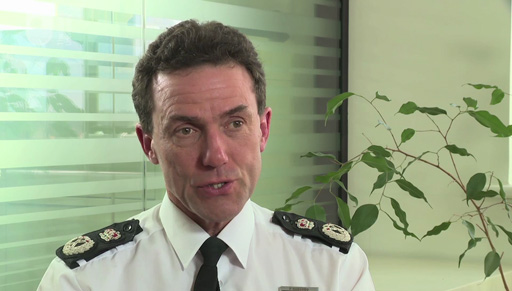3.2.1 Dealing with complexity in teams
In public services, two very specific sources of complexity in how teams are constructed and led are:
- the need to work across organisational boundaries on issues of strategic importance to the service as a whole
- the need to work closely with other public service agencies – such as health, fire and rescue and social services – to tackle complex social and community problems.
In the following video, Professor Jean Hartley outlines some aspects of these complexities, using the example of developing and implementing policy to tackle drug abuse. Meanwhile, a number of our police leaders explain some of the complexities they work with in their respective teams.

Transcript
Activity 2
If you work in or with the public services (as they were broadly defined in the early part of this course), it is very likely you will have experience of cross-boundary teams or multi-agency teams, either as a member or as a stakeholder in their work. You will probably be aware of some of the tensions inherent in such working arrangements.
Think about all the teams and groups that you are a member of, and identify whether they are concerned with task or with belonging. Some groups will be both.
- What issues does this analysis highlight?
- Where are the strongest relationships?
- Which relationships between you and a group do you feel need to be strengthened?
- Are there some conflicting relationships?
- How can these be managed?
Before moving on, answer these quick multiple-choice questions about leading teams.
Activity 3
a.
Well-being of the members is nurtured by the team.
b.
Clear deadlines for delivery.
c.
Well-defined team roles.
The correct answer is a.
a.
They appreciate, respect and help each other, or motivate each other. The other two ingredients of effective teams are, in Hackman’s view, that the team produces high quality outputs and that the team as a whole are able to reflect on and learn from successes and failure.
a.
High performing team.
b.
Dysfunctional team.
c.
Cosy team.
The correct answer is a.
a.
West (2004) preferred the phrase ‘full functioning team’ to describe a team with high levels of task reflexivity, enabling it to be focused on learning and improvement and highly adaptable, and with high levels of social reflexivity, enabling it to be very cohesive and resilient. While a team may be high performing, if it doesn’t also have reflexivity than it may not be adaptable for future challenges.
a.
Complexity of the problems associated with public service provision.
b.
Members of the public with differing views of the priorities for public service provision.
c.
Public service professionals required to work in several teams simultaneously.
The correct answers are a, b and c.
